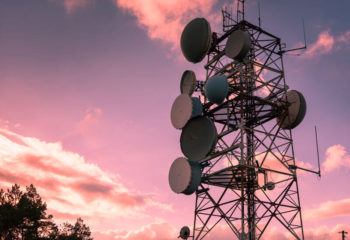Eclipses and Seasons Science Games
5 gamesIn this series of games, your students will learn about the major phenomena caused by the sun, earth, and moon’s relative positions: solar eclipses, lunar eclipses, and the four seasons. The Eclipses and Seasons learning objective — based on NGSS and state standards — delivers improved student engagement and academic performance in your classroom, as demonstrated by research.
Scroll down for a preview of this learning objective’s games and the concepts they drive home.
Concepts Covered
When the moon passes between the sun and the earth, it causes a solar eclipse. Depending on how the moon lines up with the sun, it can cause a total, partial, or annular eclipse. Solar eclipses don’t appear everywhere on Earth at the same time because each location sees the sun from a different angle.
On the other hand, when the earth comes between the sun and the moon, we experience a lunar eclipse—either total, partial, or penumbral. Every part of Earth facing the moon during a lunar eclipse can see it, because it is the earth’s shadow that causes the eclipse.
The earth’s orbit is shaped like an ellipse, so it gets nearer and farther from the sun throughout the year. But this isn’t what causes the seasons; the tilt of Earth’s axis is responsible for that. As we orbit the sun, the sun’s rays are stronger in the hemisphere tilted towards it, causing summer weather. In the opposite hemisphere, the weaker sun rays mean winter.
A preview of each game in the learning objective is found below.
You can access all of the games on Legends of Learning for free, forever, with a teacher account. A free teacher account also allows you to create playlists of games and assignments for students and track class progress. Sign up for free today!






